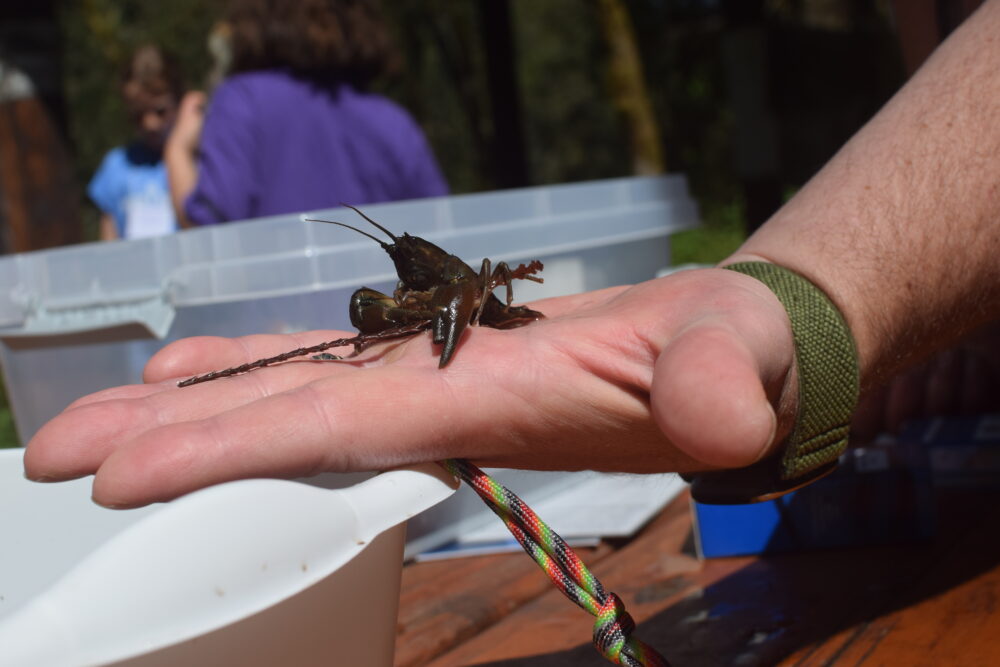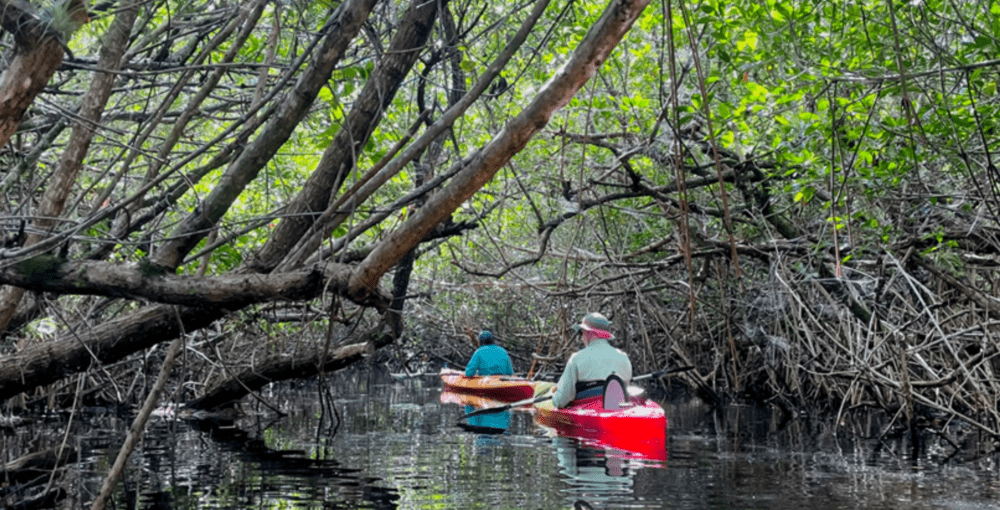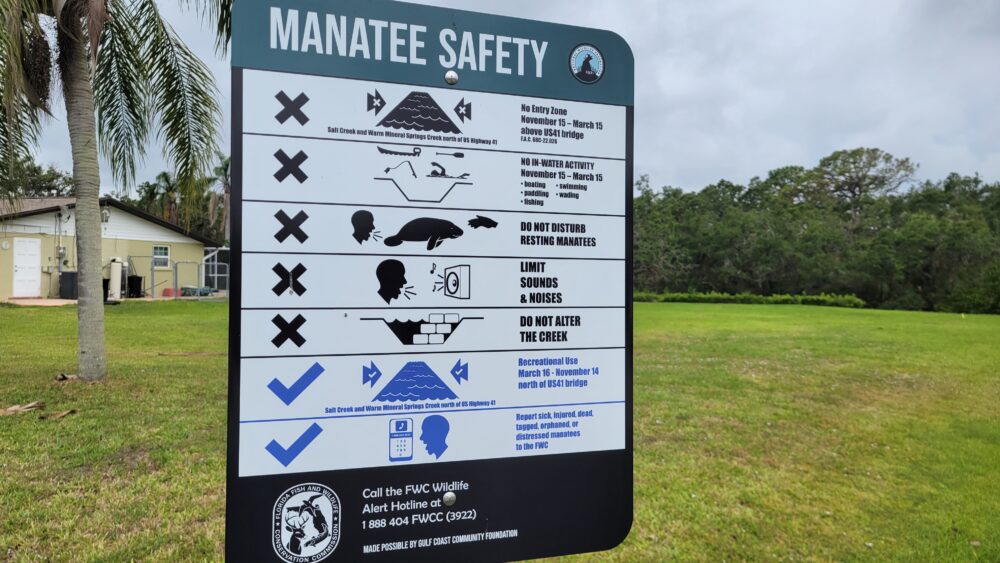We have much more to do and your continued support is needed now more than ever.
Rudders on the Rudder: Thinking Beyond Master Planning
We talk a lot about climate and the environment here at Campus Ecology, but the truth is that long-term sustainability requires more than ecological considerations. If a school is carbon-neutral, but not financially viable, it has failed its mission. Therefore, energy efficiency and other “green” initiatives often have to save the institution money, or at least break even, to be considered at all.
The most common way to gain support for these energy projects is to prove a significant return on investment, and are therefore worthy of being included in the college's master plan. So, articles on campus greening initiatives usually include a summary like this one: an initial investment of $X is expected to pay for itself in Y years, and generate an extra $Z. The numbers often speak for themselves, as in the case of the University of Wisconsin-Stevens Point, which saves 2.26 tons of CO2 emissions per vending machine per year using small devices that turn off the machines when idle. The Vending Misers, which cost $175, pay for themselves in one year by saving about $200 on electricity bills.
It seems like a no-brainer. One of our latest articles, Master Planning for Sustainability, quotes Terry Calhoun of the Society of College and University Planners, who says, "If you did good integrated planning, you would end up with sustainability. Why would you build a building that uses six times as much energy as it has to?"
Unfortunately, this picture is incomplete. The reality of a university’s bureaucracy can often mean that even projects with large and easy paybacks may be ignored, because complex budgeting structures are not designed to reward electricity savings in the facilities department. This may be true even if a comprehensive master plan puts environmental sustainability as an organizational priority. Leith Sharp, writing for Sustainability: Science, Practice and Policy, notes that, “Even if operating managers do manage to fund efficiency improvements to produce operational savings, they are rarely allowed to capture and reinvest these savings for further improvements. Instead, they will often see next year’s operating funds reduced to reflect this operating cost reduction, hardly a reward for a job well done.”
Sharp, former director of Harvard’s Green Campus Initiative, adds:
"Our institutions freely use the mantra of the “business case” to challenge and scrutinize the viability of anything new without addressing the fact that in many cases the business case is being sabotaged by poorly designed finance and accounting structures. Colleges and universities are incurring enormous additional costs by failing to reform these practices to enable good business practice to flourish … It is not clear how this has evolved, but it occurs in almost all large organizations. This division results in capital budget managers resisting the expenditure of any extra money, even when the operation savings are extraordinary. At the same time, the operating budget managers commonly do not have enough access to funds for ongoing efficiency improvements."
For a problem this complex, master planning is only part of the solution. Sharp goes on to describe the "complex, irrational, and unconscious life of the institution," which sabotages the work of campus sustainability officers and their efforts to bring the campus towards climate neutrality. As examples, she points out energy-purchasing contracts based on volume consumptions (where the unit price of energy goes up when consumption goes down) or steam return-metering. Both systems encourage individual waste, which saves money to a particular building or department, but results in overall system inefficiency.
Harvard was able to make significant progress using a revolving loan model, which funded projects with paybacks of less than five years, and reinvested that money in ongoing upgrades, efficiency projects, metering and behavioral change programs.
But Sharp is aware that this wouldn’t be possible everywhere: Harvard is blessed with more resources than most schools, and a sustainability staff of dozens of people. “The deeper lesson,” she says, “is that we should stop creating the ongoing need for revolving loan funds—by structurally connecting capital and operating budgets and institutionalizing life-cycle costing, a well-established methodology for calculating upfront and future operating costs relating to different decision-making options. I also believe that our organizations should capture and reinvest savings that result from successful resource conservation and waste-reduction efforts as routine practice to fund dedicated annual innovation budgets for financing pilot projects and ongoing efficiency upgrades.”
It’s not exactly a small request. Such redesigning of the university’s essential infrastructure might take years, and it’s a lot harder than installing add-ons to a couple vending machines, or even retrofitting an HVAC system. This doesn’t discourage Sharp. She says, “Over many years, I have observed that the common belief that people are innately adverse to change is not generally true. People are not resistant to change, they are opposed to instability, and they simply assume that change equals instability.”
To achieve this stability, Sharp argues that the sustainability staff need to act as the rudder-on-the-rudder, going beyond simple equations of return-on-investment and discussing the real risks and barriers in play. Only then, she says, can universities bring their carbon footprints “down to an equitable share of what the planet’s life-support systems can support.”




















